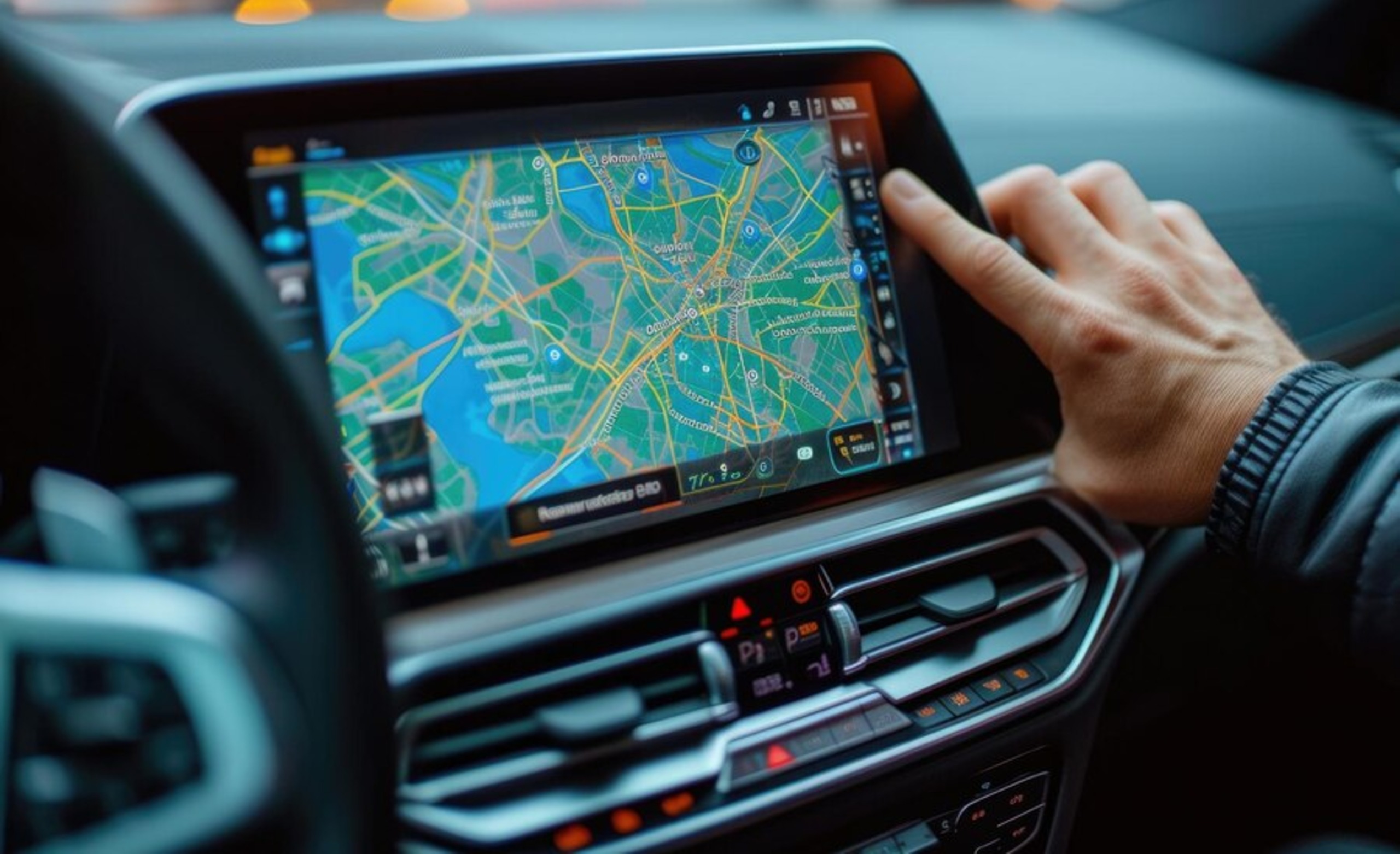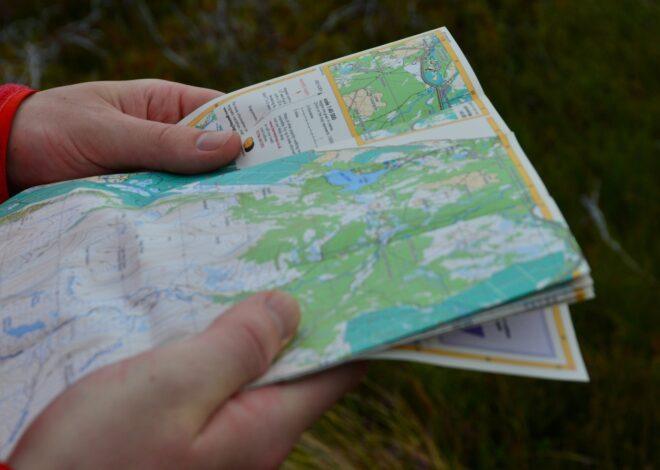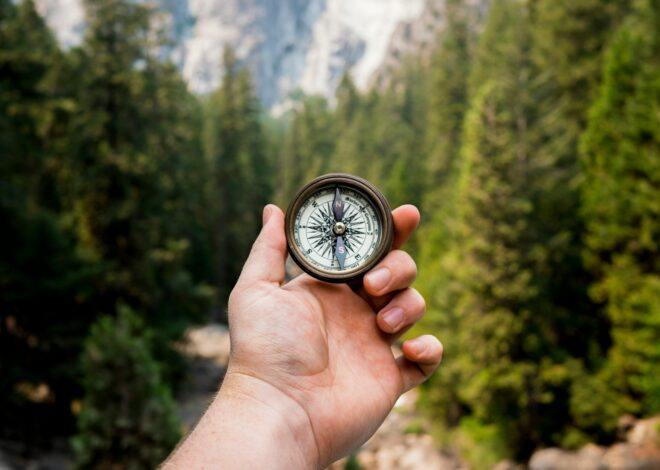
How To Navigate Without GPS
Welcome to our complete guide on how to navigate without GPS. Have you ever found yourself in a situation where your GPS suddenly lost signal? Maybe you’re deep in the woods, sailing across open waters, or navigating through a winding canyon.
Panic sets in when technology fails us, but there’s no need to fret. The art of navigation without GPS is not only possible; it can be incredibly empowering. Imagine being able to explore remote trails or sail uncharted seas with confidence and skill.
Learning how to navigate using traditional methods reawakens our connection with nature. It challenges us to rely on our instincts and enhances our appreciation for the world around us. Whether you’re an avid adventurer or just someone who enjoys spontaneous road trips, mastering navigation skills is essential.
Let’s dive into the techniques that will keep you on course even when modern technology lets you down!
The Importance of Learning Navigation Skills
Navigation skills are essential in today’s technology-driven world. Relying solely on GPS can make us complacent. It’s easy to forget that devices can fail or lose signal. Understanding navigation fosters confidence. When you know how to read a map or use a compass, you’re equipped for any situation.
These skills empower you to explore without fear of getting lost. Additionally, learning these techniques connects you with nature and history. Ancient travelers relied on the stars and landscapes for orientation, creating a rich tapestry of exploration that we can still tap into today.
In emergencies, solid navigation knowledge becomes invaluable. Whether hiking through dense forests or sailing uncharted waters, survival hinges on your ability to find your way reliably and safely. Mastering navigation enhances not just outdoor experiences but also enriches your daily life by developing problem-solving abilities and spatial awareness.
Basic Tools and Techniques for Navigating without GPS:
These tools and techniques form a solid foundation for anyone looking to explore without relying on GPS technology. Each method offers unique insights that enrich your outdoor experiences while ensuring safety in unfamiliar territories.
A. Compass Usage
A compass is a fundamental tool for navigation. It helps you find your way, even when technology fails. To use a compass effectively, start by understanding its parts: the needle, housing, and degree markings. The needle always points to magnetic north.
This knowledge is crucial for orienting yourself in unfamiliar terrain. Hold the compass level in front of you. Rotate the dial until the orienting arrow aligns with the magnetic needle. Now you’re facing true north! From here, you can plot your course using landmarks or map features.
Practice makes perfect. Take your compass out into nature and try navigating to specific points without any other tools. The more comfortable you become with it, the more confidence you’ll gain in off-grid situations.
Don’t forget that compasses can be affected by metal objects or electronic devices. Always check for interference before setting out on your journey!
B. Map Reading Skills
Map reading skills are essential for navigating without GPS. While digital navigation has become the norm, understanding how to interpret a physical map is an invaluable skill.
Start by familiarizing yourself with map symbols and legends. This knowledge allows you to identify landmarks, roads, and terrain features quickly. Pay attention to scale; it helps determine distances between points.
Next, practice orienting your map. Align it with the landscape using natural markers or a compass. This technique ensures that you’re not just looking at a piece of paper but actively engaging with your surroundings.
Take time to plan routes before heading out. Consider elevation changes, potential obstacles, and alternative paths in case of unexpected detours. With experience comes confidence in interpreting various maps—topographic maps can provide additional insights into elevation and landforms that may influence your journey.
C. Celestial Navigation
Celestial navigation is an ancient technique that relies on the stars, sun, and moon to determine your position. It’s a skill that has guided sailors for centuries across vast oceans.
By observing celestial bodies, you can find your way even when modern technology fails. The North Star, for example, is a reliable point of reference in the Northern Hemisphere. It remains nearly fixed in the sky while other stars move around it.
To practice celestial navigation, start by familiarizing yourself with basic star patterns. A good knowledge of constellations helps identify directions at night. During the day, using a sextant allows you to measure the angle between celestial objects and the horizon.
This method requires patience and practice but can be incredibly rewarding. Whether you’re out sailing or exploring remote areas, knowing how to navigate by the heavens offers a profound connection to nature’s guidance system.
Real-Life Examples of When GPS May not be Available:
These scenarios highlight the importance of mastering navigation techniques that don’t rely solely on technology. Being prepared ensures you won’t feel lost when modern devices let you down.
A. Hiking in Remote Areas
Hiking in remote areas can be both exhilarating and daunting. The beauty of untouched nature often comes with challenges, especially when technology fails.
When you’re miles from civilization, reliance on GPS may not be an option. Dense forests or mountainous terrains can block signals entirely. Understanding how to navigate using a map and compass becomes essential.
Picture yourself standing at a fork in the trail. Without GPS, you must trust your skills and knowledge of the terrain. A well-marked map helps identify landmarks and elevation changes that guide your journey.
Wildlife encounters are common too; knowing where to go—or where not to—can ensure safety. Being aware of potential hazards allows for better decision-making amid uncertainty.
Embracing these navigation techniques fosters confidence as you explore the wilderness. Each hike becomes an adventure crafted by your abilities rather than dictated by a device.
B. Sailing in Open Waters
Sailing in open waters can be both exhilarating and daunting. The vastness of the sea often leaves sailors feeling small, but it also provides an opportunity to connect deeply with nature.
When you venture far from shore, relying solely on GPS can lead to complacency. Signals may falter due to distance or atmospheric conditions. In these moments, traditional navigation skills become invaluable.
Understanding how to read nautical charts is crucial. They depict water depths, hazards, and currents essential for safe passage. A compass helps maintain your course when landmarks are nonexistent.
Celestial navigation adds another layer of skill. By observing celestial bodies like the sun and stars, sailors can determine their position at sea. This method has been used for centuries and remains effective today.
Practicing these techniques enriches your sailing experience while ensuring safety amid the boundless blue horizon. Embrace the challenge; it’s what makes sailing an adventure worth pursuing.
C. Driving through Tunnels or Canyons
Driving through tunnels or canyons presents unique challenges for navigation. GPS signals often fail in these situations, leaving you relying on traditional skills.
Tunnels block satellite reception entirely. As you enter, your sense of direction may vanish. Familiarizing yourself with the route beforehand is crucial. An effective way to prepare is using physical maps that detail exits and landmarks.
Canyons also pose difficulties due to their winding paths and steep sides. The terrain can obscure your view, making it hard to gauge distance or direction correctly. Observing natural features like mountain ridges helps maintain orientation.
Always pay attention to road signs as they guide you along these routes. Mark notable points along the drive to help keep track of where you’ve been and where you’re heading next.
Navigating in such environments requires practice but enhances your overall driving experience immensely. Embrace the adventure; it’s part of the journey!
Tips for Practicing and Honing your Navigation
Start by familiarizing yourself with a physical map. Choose a local area and practice plotting your route without relying on digital devices. This exercise enhances your spatial awareness. Join outdoor clubs or groups that focus on hiking, sailing, or camping.
These communities often share valuable tips and techniques for navigating using traditional methods. Consider setting up navigation challenges for yourself. Take a day trip where you only use a compass and map to find specific locations. Document your routes in a journal.
Reflecting on what worked and what didn’t solidifies learning. Embrace technology as an aid rather than crutch. Use apps that teach basic navigation skills while ensuring you can still operate independently when needed.
Conclusion
Navigating without GPS is an essential skill that everyone should consider mastering. Whether you’re trekking through a dense forest, sailing across vast oceans, or driving in unfamiliar terrains, being able to find your way using traditional methods can be invaluable.
The tools and techniques discussed—such as compass usage, map reading skills, and celestial navigation—are not just for outdoor enthusiasts; they are useful life skills. Understanding how to read a topographic map or use the stars for direction can provide reassurance when technology fails.
Real-life scenarios remind us of the unpredictability of modern devices. In remote areas where signals may falter or during adventures where you might lose battery power, having solid navigation skills can mean the difference between safety and uncertainty.
Practicing these skills doesn’t have to feel daunting. Start small by exploring local parks with only a paper map and compass in hand. As you grow more confident, challenge yourself with longer hikes or road trips without relying on digital aids.
Embracing traditional navigation enhances your confidence while deepening your connection to nature and adventure. It’s about reclaiming autonomy over your journey in a world increasingly reliant on technology. So take time to explore this skill set—it could open up new paths for you both literally and figuratively!




I love your insight on this topic! Yes, these days we rely too much on technology. GPS is a wonderful tool, but it makes us lazy. Fortunately, I’ve learnt how to read a map at school, otherwise I’d be done in some context. I was lost once in Paris and fortunately, I had a map and I knew how to read it. So, I’ve found my way again!
Hey Angelce,
Thank you for stopping by and sharing your thoughts on how to navigate without GPS. You are absolutely right about relying too much on technology to find our way around. But what happens if all of the sudden, you don’t have a GPS signal. This actually happens all the time for short periods of time.
This is why it is so important to know alternative ways to navigate. Back in the 80’s and 90’s when I was an emergency service driver. We had to use a map. It’s funny when I look back to those days because whenever I had to train a new driver. I had to teach them how to read a map before teaching them how to do the job.
Even way back then, most people didn’t know how to read a map. It’s scary to think how many people know how to read a simple map today. They probably don’t even teach these skills in school which should be mandatory in my humble opinion.
Best wishes Angelce,